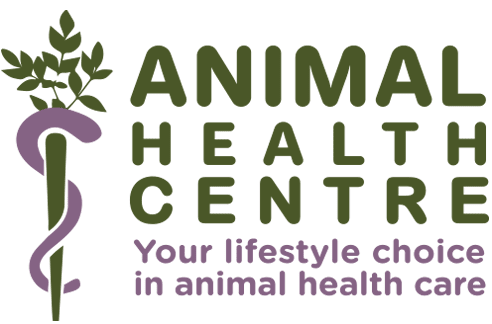Call us 027 448 3322
Restoring Gut Health
Most common concern after antibiotics is –‘what can I give now going to replace whatever the antibiotics took away?’
Realising that something needs to be done to help the gut is equally important after a bout of diarrhea, poisoning, a parasite burden, during cancer therapy, after Parvo, or a diagnosis of IBS…
… and the less obvious – the gradual build-up of an unhealthy gut function when the food is inappropriate for the dog, when allowed to graze (food left down), convalescence after illness or post operative care. Anything that disturbs gut function, including commercially processed food, and some drugs, needs serious attention.
How do we know when the gut is out-of-order?
- picky eater
- lots of burping, passing smelly wind
- stools – mucus / diarrhea / constipation
- failure to gain weight / overweight –unable to slim
- some immune-system reactions
- diabetes, IBD, fibre-responsive diseases,
- h/o salmonella, e.coli.
NONE of these will be ‘fixed’ long-term by just changing the food.
To ‘fix ‘ the problem there needs to be recognition that the most important activity in the whole body is that of the gut microbiome.
So what’s the gut microbiome?
‘Microbiome is a collection of bacteria, viruses and fungi in the gi.tract. When these guys are healthy, they are responsible for everything from nutrient absorption to mental health. Their health and (just as important) their diversity, comes directly from the diet.’
When I’m taking a case I always ask if the puppy was a caesarian birth as this can affect the microbiome. The birth canal helps ‘seed’ the microbiome in the newborn.
Are Prebiotics the answer?
The best prebiotics in the world are simply the fibre found in healthy vegetables.
It is this fibre that feeds the microbiome. Dogs in the wild ate all parts of their prey, which included digestible and indigestible fibre. Fibre is not classified as a nutrient but directly affects the health and function of the microbiome as this is what the bacteria feed on. If the micrbiome is not working then no amount of fancy food is going to make a scrap of difference.
(See this in failure to gain weight cases).
Probiotics – will they save the day?
These must contain the strains of live bacteria found in the gut of the dog – many don’t. Probiotics spend a limited time in the g.i. tract so may only provide temporary relief.
So we’re doing the fibre bit, what else?
We’re not only supporting the microbiome but we’re going in to repair any damage that has been sustained.
The gut lining – imperative this is attended to otherwise there will be compromised nutrient uptake through the gut lining. I would start with Slippery Elm. This is a very safe and nutritious herb that provides healing for the lining of the entire gut.
Let’s look at food that can be fed to the gut-compromised dog.
Raw green tripe – full of enzymes, easy to digest (we don’t want the gut to be working hard), no allergy problems.
Pumpkin – fibre-rich, increases good cholesterol and helps the bones prevent loss of muscle mass (which may explain that when dogs are put on veges they often have significant increase in muscle mass).
Sweetbreads – nourishing, provide good heart health, rich in fat-soluble A. E & K.
Eggs are neutral protein.
At the end of this attention to the gut we have a healthy dog whose immune system is not being let down by a compromised gut, who can handle more challenges to the system and has an improved sense of mental, physical and emotional well-being.

